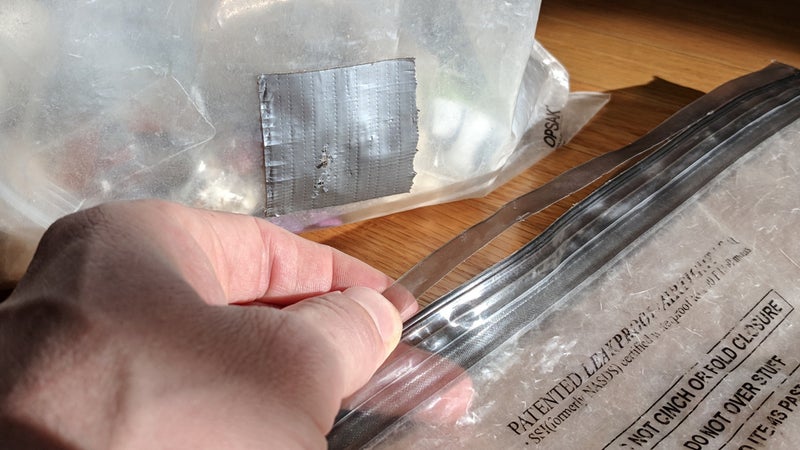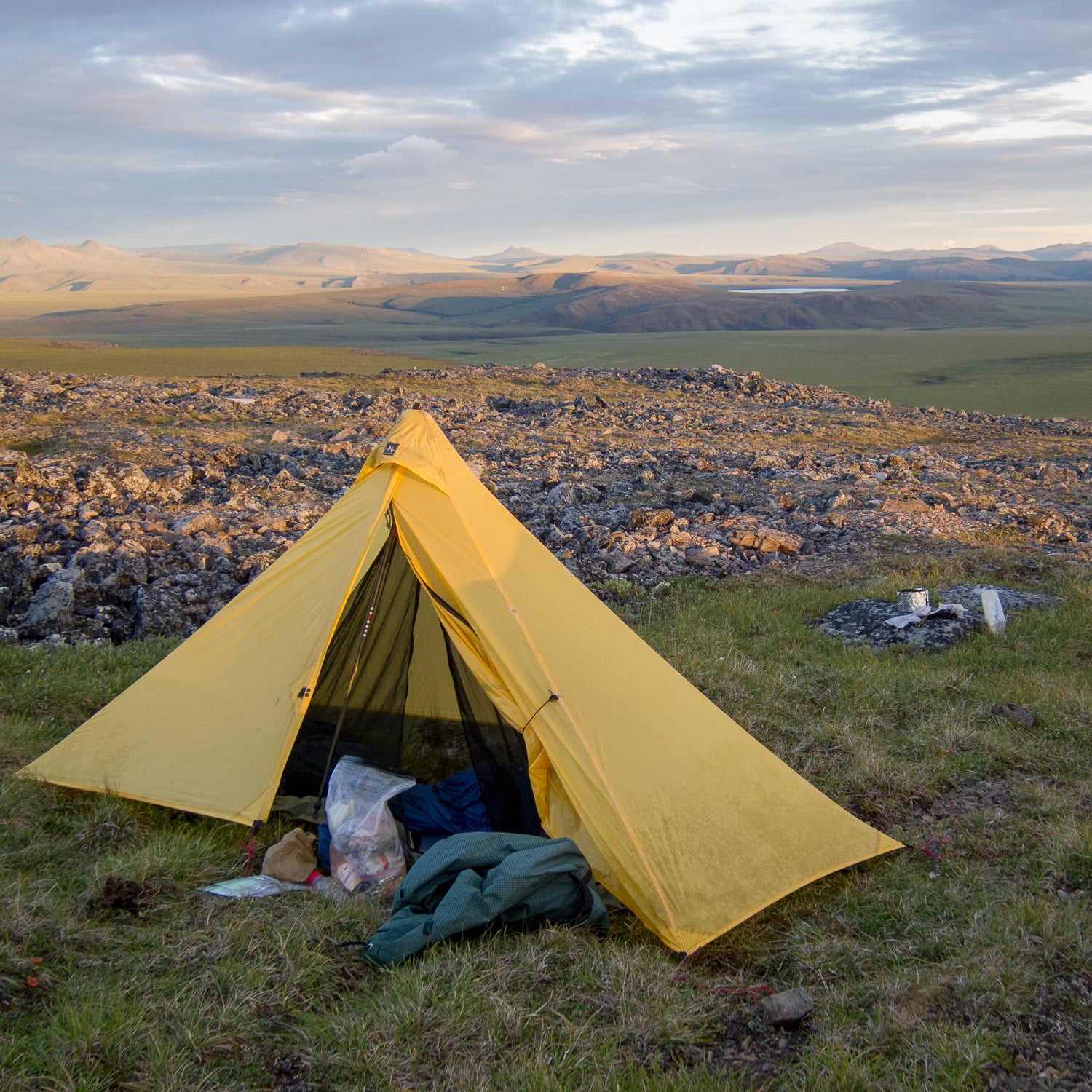Loksak Opsak bags are made of heavy-duty plastic and have a hermetic seal. When closed, the bag is airtight, waterproof, and odor proof (the “op” in Opsak).
On some trips I use the ($6, 1.5 oz) as a lone food sack or as a liner inside a wildlife-resistant Ursack. I also like the ($9, 0.8 oz), which I keep near the top of my pack and holds my daytime snacks.
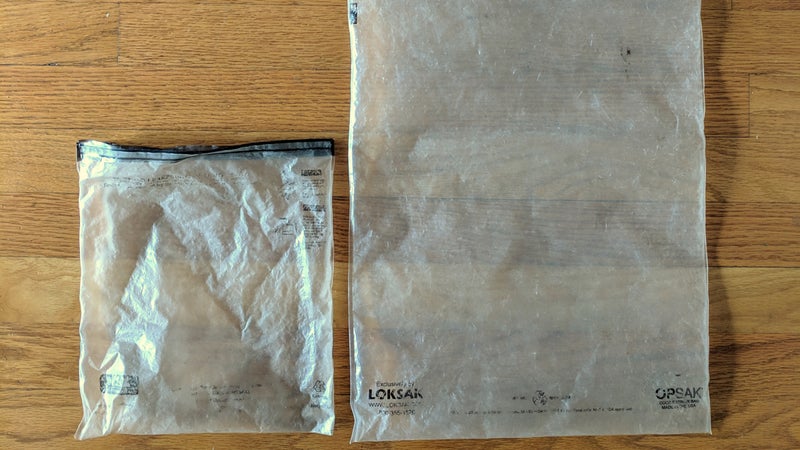
Review: Loksak Opsak
Loksak Opsak bags are tough, lightweight, and reasonably priced. Inside the 12-by-20-inch size, I can fit about five days’ worth of food. Less ravenous hikers can probably fit six.
The rectangular shape packs efficiently inside my pack, and its width perfectly fits a sandwich bag, candy bar, and most energy bars. Because it’s made of transparent plastic, the contents can be easily seen. The seal seems to blow out after four to six weeks, but I continue to use them for many months afterward.
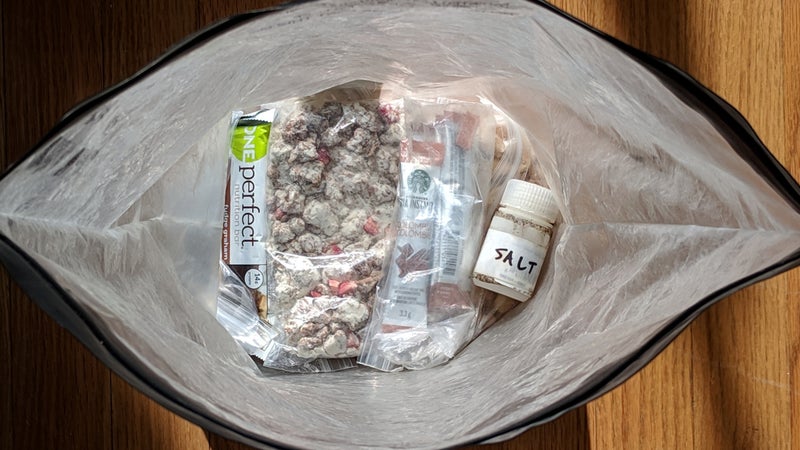
Recommended Uses
On its own, an Opsak is an inadequate method of overnight food protection. It’s best considered an enhancement to a .
Specifically, an Opsak can be used to line an or to make it less detectable or less interesting to a bear or rodent. Maybe that black bear two miles away won’t smell it, or maybe it’ll decide to visit a different campsite that’s giving off stronger food odors.
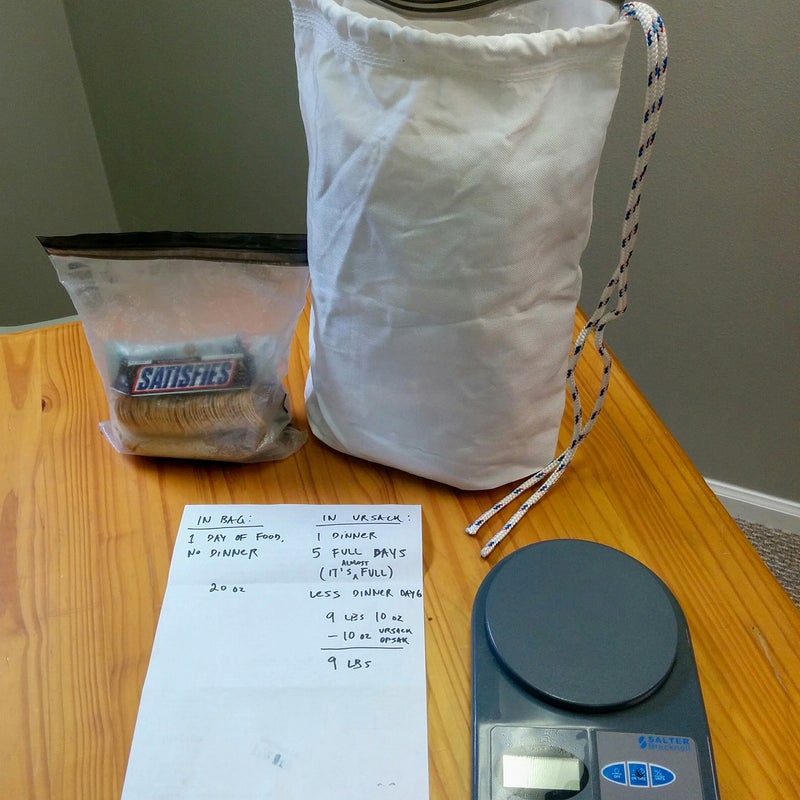
If I’m using a hard-sided canister, I do not use an Opsak as well. Canisters are , but I’m very confident in them as a stand-alone food-storage method.
I never hang my food to keep it from bears, because I think other methods are more effective (e.g., canisters) or at least equally effective and easier (e.g., the Ursack Major). If you do hang your food, an Opsak could add value to the system.
I will use an Opsak on its own only if there is low risk (or, ideally, no risk) of bear or rodent activity at my campsites. And I will —on it or immediately next to it or kept inside my shelter. I wouldn’t leave an Opsak unattended even at “safe” campsites.
Is an Opsak Really Odor Proof?
Fresh out of its packaging, an Opsak is both odor proof and odor-free. After a few days of use, the Opsak is probably still odor proof (i.e., food smells do not permeate outside the bag), but I suspect its exterior becomes contaminated with food smells due after normal handling.
Bears have an extraordinary sense of smell—seven times better than that of a bloodhound, —and I would imagine that this contamination could put the Opsak on a bear’s radar. However, its food smell is probably no stronger than the food smell on your clothes or your shelter, and that level is generally not considered to reach the threshold for action.
To reduce food-odor contamination, an Opsak could be washed between uses with soap and water.
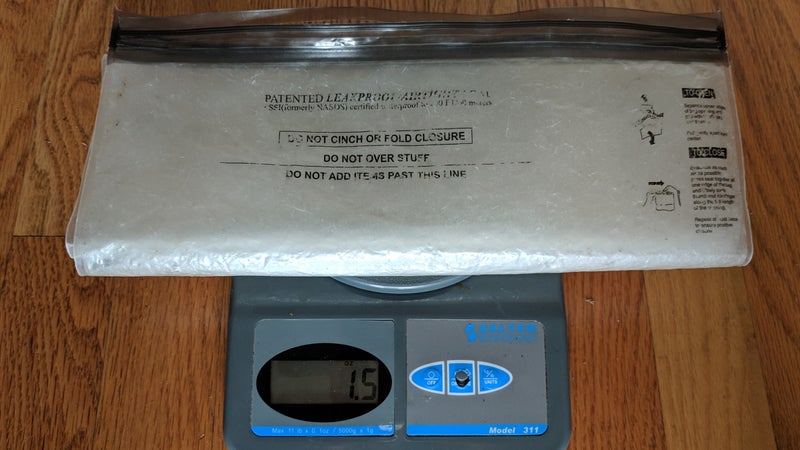
Durability
The transparent body material is heavy-duty and will withstand months of use. On my six-month Alaska-Yukon expedition, during which I exclusively used the Opsak for food storage, I replaced them only twice (so two months per bag) and got several more months out of each bag on subsequent trips. Rips or tears in the body can easily be fixed with duct tape or .
The airtight seal has proven less durable, with an average life span of four to six weeks. After the seal blows out, I just close it up like a potato-chip bag. I think this is good enough—if I thought that leaking food odors could make a difference, I’d be using a more guaranteed food-storage method anyway, e.g., a hard-sided canister.
